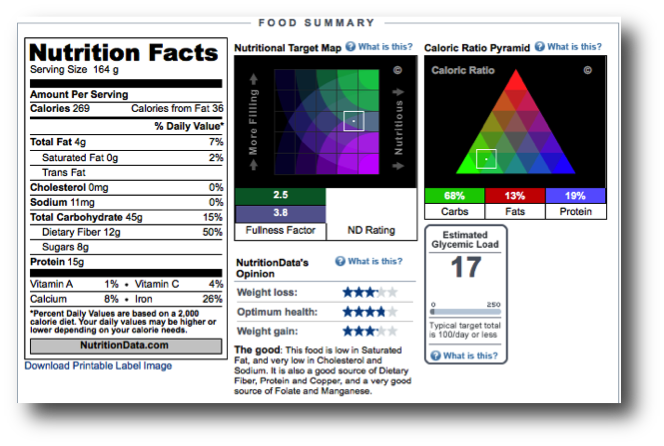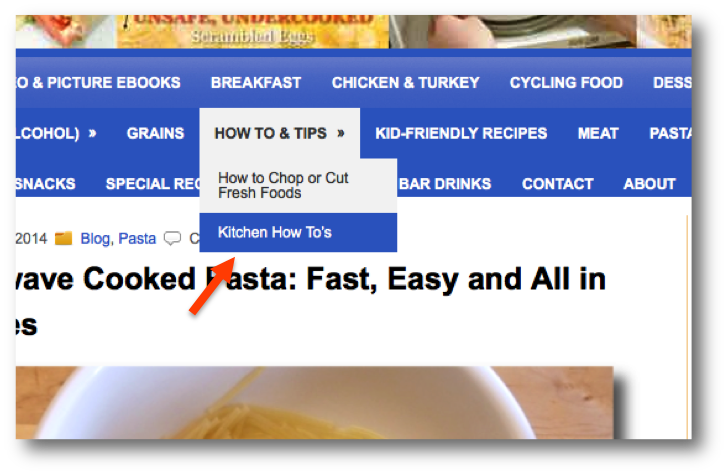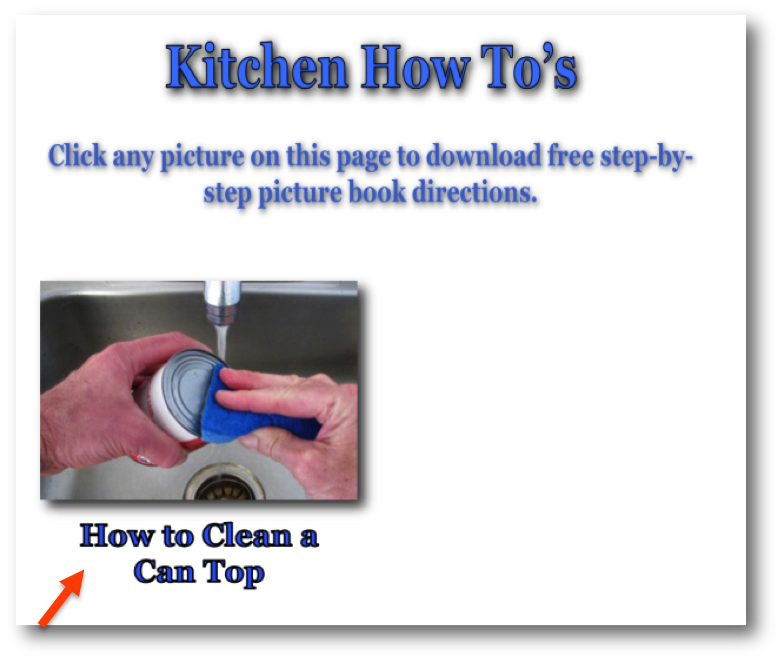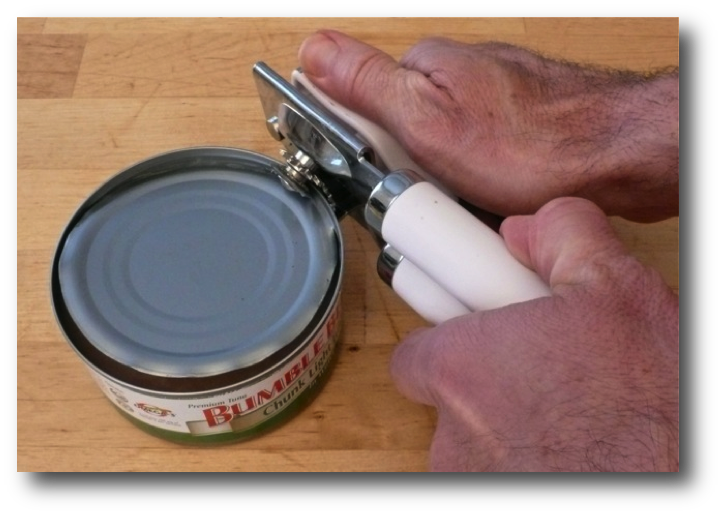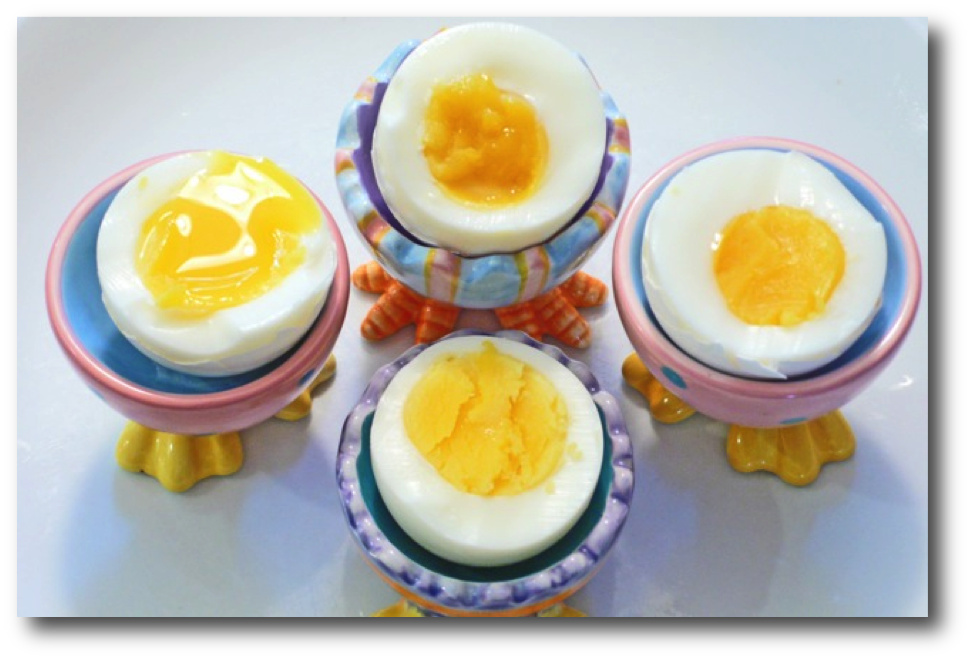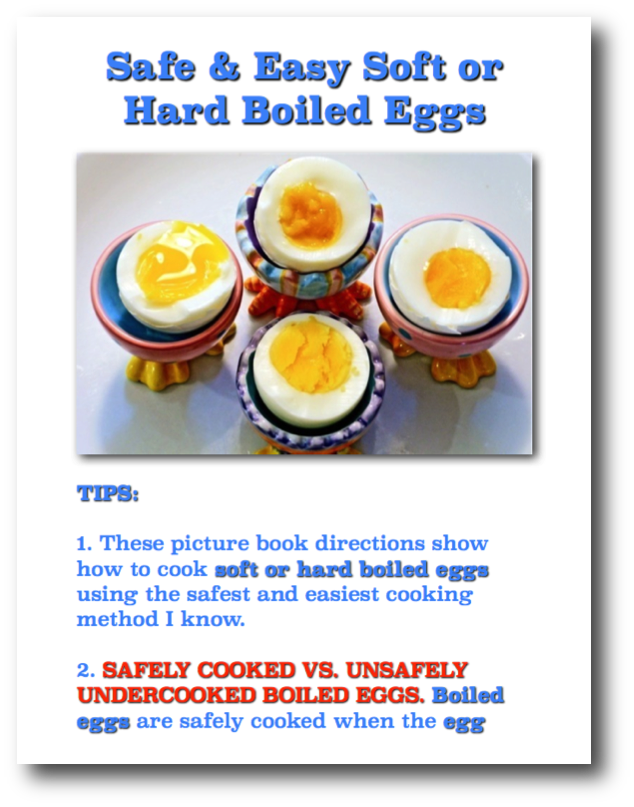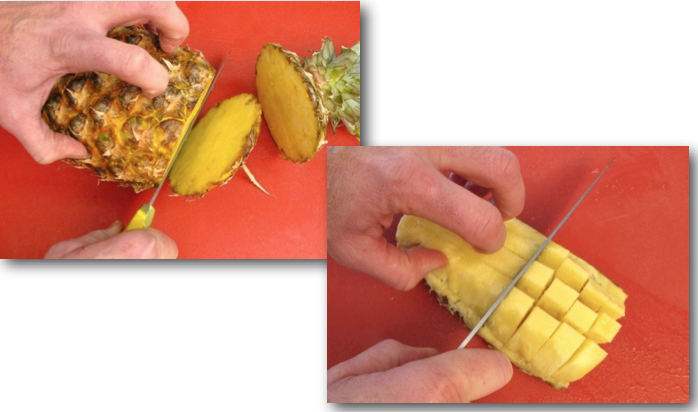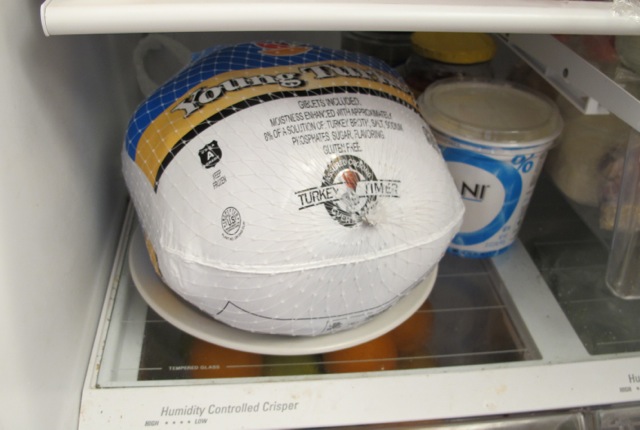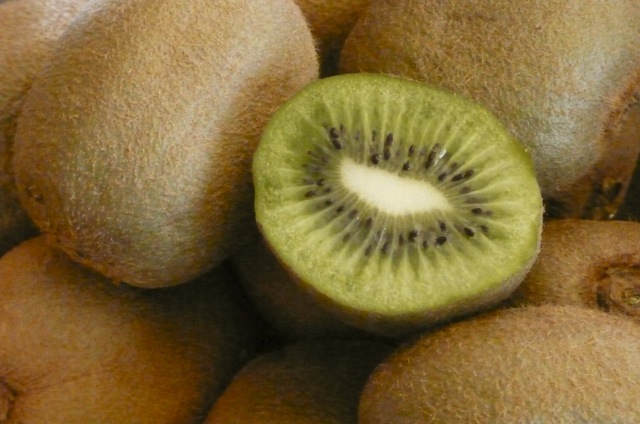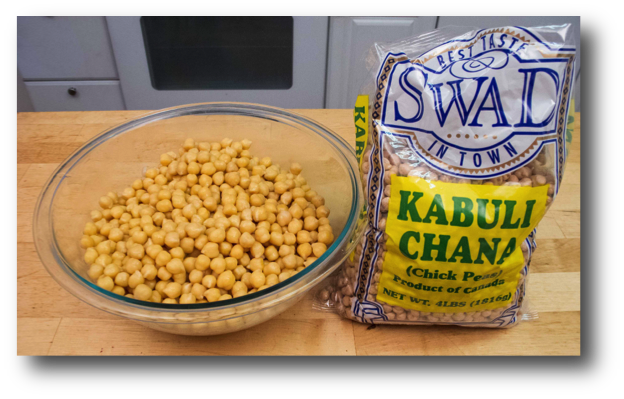 If you’re not familiar with garbanzo beans or chickpeas, they are nut-like in flavor, versatile, richly nutritious (especially regarding protein an fiber), and extraordinarily appetite-satisfying. Below is a summary of nutrition facts (164 grams is 1 cup of cooked garbanzo beans), which you can click for a full garbanzo bean nutrition graphic posted by Condé Nast that was derived from USDA information.
If you’re not familiar with garbanzo beans or chickpeas, they are nut-like in flavor, versatile, richly nutritious (especially regarding protein an fiber), and extraordinarily appetite-satisfying. Below is a summary of nutrition facts (164 grams is 1 cup of cooked garbanzo beans), which you can click for a full garbanzo bean nutrition graphic posted by Condé Nast that was derived from USDA information.
Archive for the ‘How To & Tips’ Category
 March 12th, 2015
March 12th, 2015  Beans, Blog, Cycling Food, Fitness Food, How To & Tips
Beans, Blog, Cycling Food, Fitness Food, How To & Tips  Comments Off on How to Cook Dried Garbanzo Beans (Chickpeas) – All in Pictures
Comments Off on How to Cook Dried Garbanzo Beans (Chickpeas) – All in Pictures How to Cook Dried Garbanzo Beans (Chickpeas) – All in Pictures
 February 2nd, 2015
February 2nd, 2015  Blog, How To & Tips
Blog, How To & Tips  Comments Off on Excellent Illustrated Guide to Cooking Oils and How to Use Them
Comments Off on Excellent Illustrated Guide to Cooking Oils and How to Use Them Excellent Illustrated Guide to Cooking Oils and How to Use Them
Just got an email from fix.com with the concise, illustrated article printed below about the difference between cooking oils regarding their smoke points (temperature at which they start to smoke), nutrition, source, flavor, and best use – all in alphabetical order. Terrific reference that I’ll be sure to use. Thanks, Fix!
Nut, Seed, and Flower Oils – Which Cooking Oil to Use When
From deep-fried foods to healthy salads, cooking oils play a part in the flavor profile and healthiness of many meals. With such a huge range of nut, seed, and flower oils on the market to choose from, all boasting their own array of nutritional and superfood benefits, it can be hard to know where to start.
Consider the smoke point when selecting an oil to cook with. The temperature at which a type of oil begins to smoke and burn will play a huge factor in the dishes you should use it in. Will you be cooking your food hot and fast? If that’s the case you might want to avoid the delicious and flavorful extra virgin olive oil, which begins to smoke at 320 degrees F, and instead opt for an oil with a higher smoke point, like avocado oil, which smokes at a searing 520 degrees F.
Then there’s your waistline and general health to consider. It’s no secret all oils contain fats, but consulting our list will teach the levels of mono-saturated, mono-unsaturated, and poly-unsaturated fats in 15 popular nut, seed, and flower oils, allowing you to choose the oil that’s right for you.
Will you be stir-frying your next meal? Try almond oil, avocado oil, olive oil, or walnut oil. Feel like a toasty flavor in your next salad dressing? Perhaps sesame oil should be your oil of choice. From flavor profiles to best applications, as well as interesting information on the derivation of each oil from its plant source, see the infographic below for everything you need to know about cooking oils and more.
Source: Fix.com
How to Clean a Can Top Picture Book Directions
Not that this is THE most exciting stuff in the world, but it sure makes sense…and I will lay down the first of at least a couple microwave cooked pasta meals starting 2 days from now. You bet!
Though I recently posted step-by-step picture book directions showing how to clean a can top before opening a can, I thought I’d add those directions to a new page titled “Kitchen How To’s” you can get to either by clicking either picture on this page or by clicking the “How To & Tips” tab from the banner in the middle of the Gotta’ Eat, Can’t Cook homepage, then clicking…
…”Kitchen How To’s” from the drop down menu,…
…and finally clicking the picture of “How to Clean a Can Top”.
How To Clean a Can Top – You Bet, In Pictures!
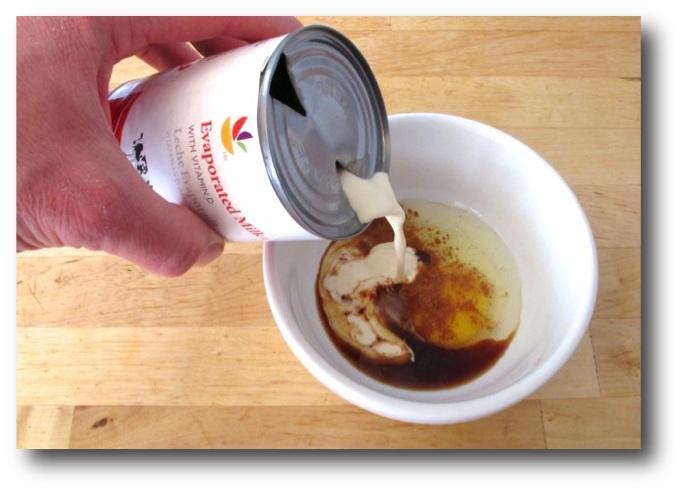 We know we need to wash our hands before handling food. We know we should rinse fresh fruits and vegetables with edible skins before preparing or eating them. But what about can tops – whether we’re taking the whole top off, like with this tuna can…
We know we need to wash our hands before handling food. We know we should rinse fresh fruits and vegetables with edible skins before preparing or eating them. But what about can tops – whether we’re taking the whole top off, like with this tuna can…
…or just popping a hole in it, like with this can of condensed milk? No matter how carefully we open a can, the top of the can always comes in contact with at least some of the contents inside the can. Read more »
 April 18th, 2014
April 18th, 2014  Blog, Breakfast, Eggs, How To & Tips
Blog, Breakfast, Eggs, How To & Tips  Comments Off on Easy and Safe Soft or Hard Boiled Eggs – In Pictures and Video
Comments Off on Easy and Safe Soft or Hard Boiled Eggs – In Pictures and Video Easy and Safe Soft or Hard Boiled Eggs – In Pictures and Video
All right! Adios, snow – bring on spring! The weather’s getting better – yah! We’ve got a big holiday weekend ahead. Boiled eggs – either plain white or brightly colored – are gonna’ be centerpieces of kids’ dreams Saturday night and breakfast tables Sunday morning – and, yes, it takes a real man – or woman – to eat those eggs out of the cups you see above – all in fun.
For the easiest and safest way I know to make soft or hard boiled eggs, just click any picture on this page for a free, newly revised much more colorful Gotta’ Eat, Can’t Cook step-by-step picture book recipe, and/or check out this short step-by-step video.
 December 24th, 2013
December 24th, 2013  Blog, Fruit, How To & Tips
Blog, Fruit, How To & Tips  Comments Off on How to Cut a Fresh Pineapple Quickly and Easily
Comments Off on How to Cut a Fresh Pineapple Quickly and Easily How to Cut a Fresh Pineapple Quickly and Easily
Fresh pineapple: crisp tropical flavor, symbol of hospitality – perfect for the holidays!
Just click either picture on this page for complete step-by-step picture book directions showing how to check a pineapple for ripeness and cut it as quickly, easily and safely as possible.
Next post: easy to make pineapple, yogurt, jam and dried fruit salad
 November 21st, 2013
November 21st, 2013  Blog, How To & Tips, Seasonal/Holiday Recipes, Thanksgiving Dinner
Blog, How To & Tips, Seasonal/Holiday Recipes, Thanksgiving Dinner  Comments Off on Thawing a Frozen Turkey in the Refrigerator
Comments Off on Thawing a Frozen Turkey in the Refrigerator Thawing a Frozen Turkey in the Refrigerator
Just for the fun of it – this stuff is always fun – I got a 15 1/2 pound frozen turkey yesterday evening to find out how long it really takes to thaw it completely in the refrigerator as recommended on the packaging. All I did was put the rock-solid frozen turkey on a plate at 6pm and slide it onto the bottom shelf in my refrigerator, which is set pretty much right at the refrigerator manufacturer’s recommended temperature, probably about 40° F (4° C). Read more »
 November 19th, 2013
November 19th, 2013  Blog, How To & Tips, Thanksgiving Dinner
Blog, How To & Tips, Thanksgiving Dinner  Comments Off on Heavy Cream vs. Evaporated Milk
Comments Off on Heavy Cream vs. Evaporated Milk Heavy Cream vs. Evaporated Milk
There’s just about nothing else that adds a more comforting flavor and texture to food than heavy cream. The only downside is that heavy cream can also leave you feeling excessively full – very quickly, and there are two good reasons for that as you can see in the nutrition label comparison below.
The bottom line is that heavy cream has more than twice the calories and five times the fat content of evaporated milk. The first thing to notice in the label comparison above is that the serving size for heavy cream (1 tablespoon) is half the serving size of evaporated milk (2 tablespoons). That means ounce for ounce (2 tablespoons = 1 ounce), heavy cream has 100 calories, all which are attributed to fat as follows: 10 grams total fat, 7 grams of which are saturated fat, and a cholesterol content of 40 mg. The same one ounce of evaporated milk has 40 calories, 20 calories of which are attributed to fat like this: 2 grams total fat, 1.5 grams of which are saturated fat, and 10 mg of cholesterol.
Nutritionally, the differences are significant, though I’ve found that both evaporated milk and heavy cream have similar cooking and flavor properties, especially when used in recipes like mashed potatoes, gravy, pasta al Fredo, pumpkin pie, and more. That means substituting heavy cream with evaporated milk is a great way to add comforting texture and flavor without taking on excessive calories and fat.
 February 17th, 2013
February 17th, 2013  Blog, How To & Tips
Blog, How To & Tips  Comments Off on How to Ripen and Prepare Kiwifruit – All in Pictures
Comments Off on How to Ripen and Prepare Kiwifruit – All in Pictures How to Ripen and Prepare Kiwifruit – All in Pictures
I love kiwifruit (also known as kiwi, named after New Zealand’s national bird) for its fresh zesty flavor, texture and potent nutritional punch. And, wow, all that good stuff means so much more during the winter months when fresh produce with real life to it is tough to find.
Kiwis are actually native to southern China, where they’re known as Chinese gooseberries, but are now grown plentifully around the world. They have a wonderfully fresh fruity flavor that’s a cross between bananas, strawberries and pineapple. They’re rich in vitamins A, C and E, and their black seeds, when crushed or chewed, are an excellent source of beneficial Omega-3 fatty acids. Ripe kiwis are slightly tender to the touch. Usually, though, the fruit comes to market under-ripe and very firm. The easiest way to ripen under-ripe kiwis is to put them in a paper (not plastic) bag, close the top the way you would close a lunch bag, and keep the bag at room temperature out of direct sunlight. You can see how to do that by clicking either picture on this page for complete easy to follow step-by-step picture book directions. Just beware ripening takes at least a few days – sometimes more than a week. Read more »

